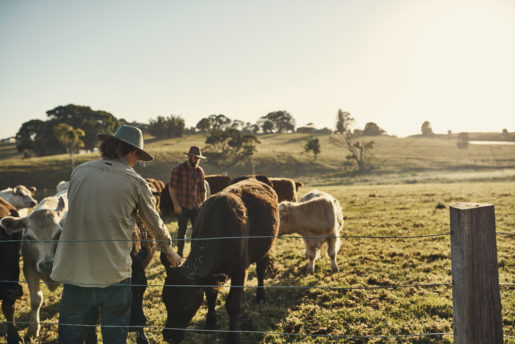
Managing uneven cashflows and profits with Farm Management Deposits

As someone who has grown up on a beef cattle and mixed cropping farm I know that farming is a tough business to be in. Whilst the financial rewards of running a farming business can fluctuate greatly year to year, the non-financial rewards of living and working on a farm can help outweigh the long hours in often harsh conditions.
Unfortunately farmers, like every other business, must pay tax when they make a profit. However, there are certain concessions and tools available to farmers to assist them meet their tax requirements.
Farm management deposits (FMDs) are one such tool and can be very useful for farmers to help deal with uneven annual cashflows, profits and the tax consequences this can cause in a primary production business. FMDs ultimately allow a farmer to defer income and the tax associated with this income in a good year by placing money in an FMD. This money can then be drawn upon, subject to certain requirements, and taxed in future years potentially saving, or at least deferring, large amounts of tax.
The major drawback of FMDs is that the money deposited in an FMD operates much like a Term Deposit and must be left in the FMD for a minimum of 12 months, in most circumstances, in order to get the tax benefits.
There have been a number of changes to FMDs over recent years including new concessions for farmers suffering severe drought conditions and changes to the amounts that can be held in Farm Management Deposits. These changes, together with the strict requirements of FMDs, mean it is vital you consult with your accountant to consider if FMDs are appropriate for your business and to ensure you are getting the most out of this useful tax planning tool.

